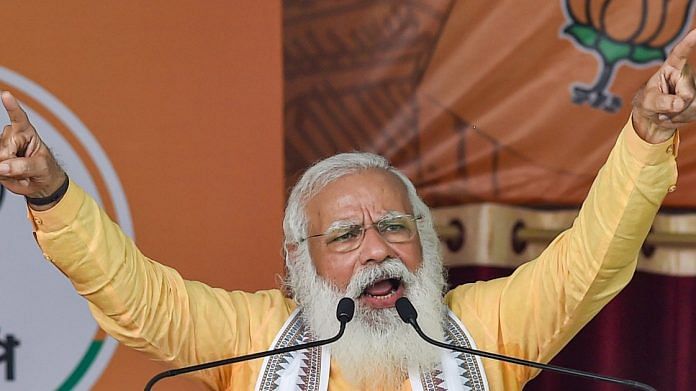
The Covid-19 pandemic has come back with a vengeance in India with the second wave and continues to devastate many lives, especially of the poor. As of 9 May 2021, the country has registered 22.6 crore Covid-19 cases and 2.4 lakh deaths, which many experts believe is heavily underreported. The vaccination numbers are not very inspiring either. About 17 crore people, or 12.5 per cent of India’s population, have received at least one dose as of 9 May, while about 3.5 crore, or 2.6 per cent, have been fully vaccinated.
Amid all this, India’s health system has been exposed for the worse. The health infrastructure is teetering on the brink and the task of containing the virus’ spread and saving people’s lives has become impossible. And the experts say that the pandemic is only going to get worse in the coming weeks. In its study ‘COVID-19 projections’, published by the University of Washington’s Institute for Health Metrics and Evaluation (IHME), more than 8.5 lakh people may lose their lives between 1 May and 31 August this year — with the baseline figure being the institute’s own estimate of the total number of Covid-19 deaths in India, as against the reported figure.
Only an effective vaccination drive can help tide over this crisis of epic proportions. It is also the only bulwark against the third wave of the coronavirus.
Twin shocks
Anecdotal evidence from all over the country is showing that the Ayushman Bharat health insurance scheme, which had roped in thousands of private hospitals to provide public health, is failing the poor miserably. Private hospitals are not admitting Ayushman Bharat beneficiaries on the pretext of “no vacancy” while providing beds to patients who are paying more. It is not clear if the Rs 2 lakh insurance cover provided under the Pradhan Mantri Jan Dhan Yojana is being paid out to the beneficiaries.
In addition to the devastating impact on the medical infrastructure resulting in the loss of so many precious lives, the Covid-19 pandemic is also disrupting livelihoods in an unprecedented manner. As per a report by the PEW Research Center, the number of people below the poverty line in India is estimated to have increased by 7.5 crore — from 6 crore to 13.5 crore — in a year since January 2020. It may be recalled that between 2005-2015, about 27 crore people had come out of poverty in India. Considering the impact of the second wave, these poverty numbers are likely to go up exponentially.
7 steps for the Centre
The Narendra Modi government, which seems to have completely receded and is heard only in the Supreme Court and the high courts, must take charge again and initiate the following actions to stave off a much bigger tragedy staring at the country in the form of the impending third wave.
The time to act is now.
Arvind Mayaram is a former union finance secretary and currently economic advisor to the chief minister of Rajasthan. Views are personal.
(Edited by Prashant Dixit)
Subscribe to our channels on YouTube & Telegram
Why news media is in crisis & How you can fix it
India needs free, fair, non-hyphenated and questioning journalism even more as it faces multiple crises.
But the news media is in a crisis of its own. There have been brutal layoffs and pay-cuts. The best of journalism is shrinking, yielding to crude prime-time spectacle.
ThePrint has the finest young reporters, columnists and editors working for it. Sustaining journalism of this quality needs smart and thinking people like you to pay for it. Whether you live in India or overseas, you can do it here.